#emma marris
Text
Saving species in the 21st century isn’t just about protecting big, undeveloped parks—although we need those too. It is also about figuring out how to coexist with the many species that can thrive in the urban, suburban, exurban, and agricultural landscapes we’ve made.
— You Should Build a Frog Pond
#emma marris#you should build a frog pond#environmentalism#ecology#wildlife conservation#animals#frogs
10 notes
·
View notes
Photo

Wild Souls: Freedom and Flourishing in the Non-Human World.
By Emma Marris.
Design by Myunghee Kwon.
5 notes
·
View notes
Photo








A little late but still relevant
#green man#saint patrick#cernnunos#paganism#Gundestrup Cauldron#folklore#mythology#the horned god#serpents#pan#wild souls#emma marris#ireland#saint gertrude#matron saint of cats
8 notes
·
View notes
Photo
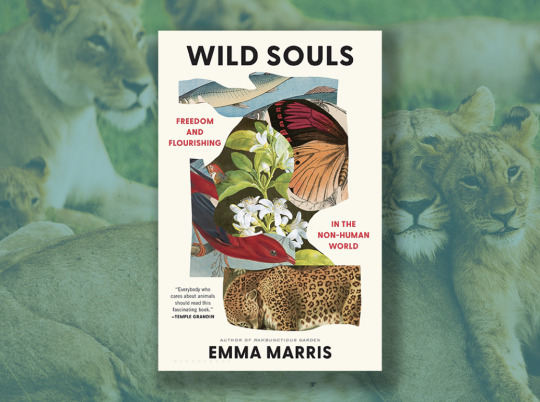
From Smithsonian:
In her book Wild Souls, Emma Marris interrogates our ideas of “wild” on a planet that we increasingly manage. Fitting for both World Animal Day and Emotional Intelligence Awareness Month, Marris poses the question: if wild animals live in an increasingly human world, do we somehow owe them more than we used to? Arguing that we do, Marris asks all of us to consider extending our emotional intelligence to better understand our relationship with the natural world - and all the wild animals. Our own wild souls may develop more fully and emotionally in the process.
6 notes
·
View notes
Text
New book review!
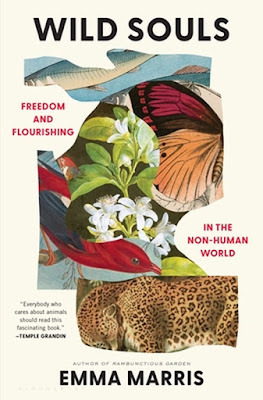
Wild Souls by Emma Marris
Link
0 notes
Text

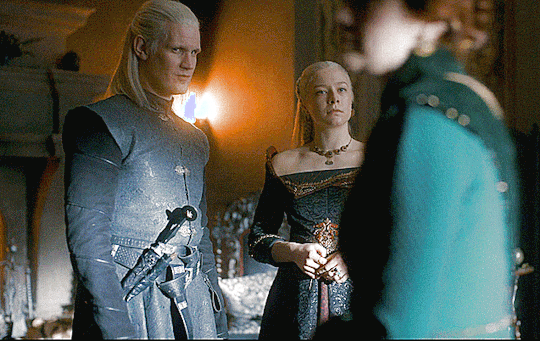


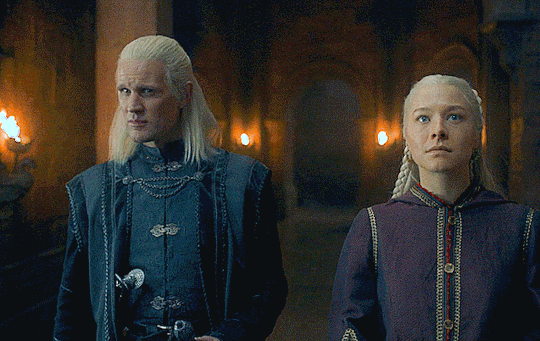

Daemon and Rhaenyra silently judging people together
#daemon targaryen#rhaenyra targaryen#daemon x rhaenyra#house of the dragon#hotd spoilers#hotdedit#hotd#matt smith#emma d’arcy#asoiaf#asoiafedit#gotedit#all the subtle glances and gestures in this episode#they are so good together#married
4K notes
·
View notes
Text

They are married from the beginning and it takes them the whole novel to realize it.
#emma#jane austen#text posts#memes#emma woodhouse#mr. knightley#they are married from page one is all I'm saying#the passion comes later but they've been married the whole time
281 notes
·
View notes
Text

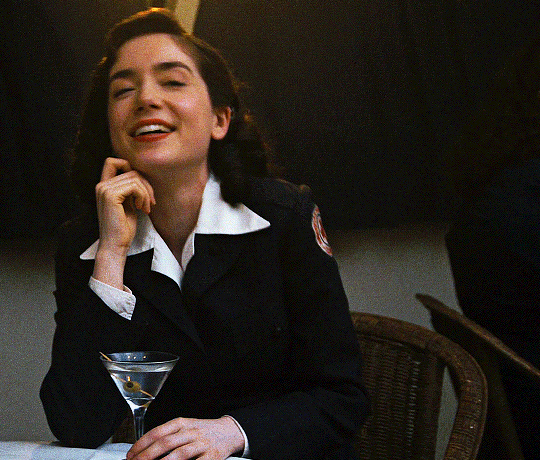



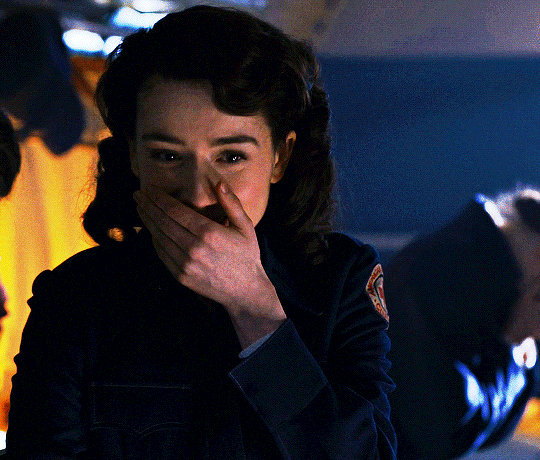
EMMA CANNING as HELEN
MASTERS OF THE AIR (2024)
— for @jabberwocky1996
#masters of the air#mota#motaedit#hbowaredit#hbo war#edits#tvedit#hbowardaily#ronsparky#violaobanion#olympain#userstaud#userbells#tuseririna#emma canning#helen#requested#helen helen.. will you marry me#even tho i cannot colour consistently to save my life
284 notes
·
View notes
Text
I firmly believe that in no timeline is Paul Matthews Emma Perkins' "boyfriend". Whenever she decides it's time to start using labels, she proposes.
#she literally introduced him to her family before she wanted to label the relationship#but tbh i think it makes sense with her character#last time she broke up with someone it was because he wanted to get married#so she probably thought that pushing off labeling would take the pressure off getting married#until oops she realizes she really likes him and wants to spend the rest of her life with him?#it just feels correct for emma#starkid#team starkid#tgwdlm#black friday#npmd#emma perkins#paul matthews#hatchetfield
266 notes
·
View notes
Text
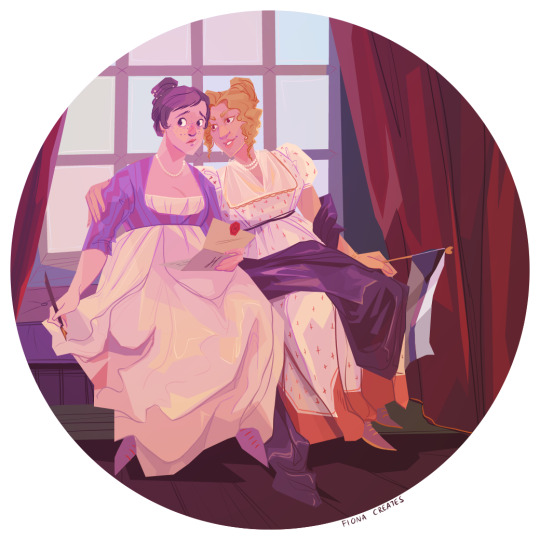
Harriet and Emma
Reading queer things into Jane Austen. Emma the demisexual.
The aces, they up in everyone else's love life and totally uninterested in their own.
Painting reference by Angelica Kaufmann (1741–1807) - The Artist in the Character of Design Listening to the Inspiration of Poetry
#Jane Austen#Emma#Emma Woodhouse#demisexual#asexual#Emma declares she will never marry#until the end of the book when the guy she's been bffs with forever#suddenly seems like mr right#no one is more invested in other people's love lives than the aces#disclaimer#i do not think jane austen's works are purposefully queer as we know it#but i sure love underlining things and saying “gay” a lot
276 notes
·
View notes
Text
I say less. Perhaps because—I suspect—I feel more. If I were to put words to it, we’d be in deep waters indeed.
Emma Donoghue, Reader, I Married Him: Stories Inspired by Jane Eyre; from ‘Since First I Saw Your Face’
987 notes
·
View notes
Text
For most people, discovering a frog living in your fence post would make you feel either kind of creeped out or kind of charmed. For one guy in Australia, it was a challenge: He decided to make it the sweetest pad possible. In a now-viral two-minute TikTok video, he designs and 3-D-prints his frog an elaborate home. He keeps adding features until the lucky amphibian has an attached pool, a downstairs mating pond with a tadpole ramp, and a predator-proof safe room.
This frog house was gleefully over the top, practically engineered to go viral with its renovations for “increased ribbit amplification” and a brushtail possum who occasionally likes to drink water from the pool. But frog houses as an idea are worth taking seriously. Animals don’t need much to get cozy in our backyards and balconies, as the world has already learned with birds. One ecologist found that bird feeding goes back at least 3,500 years; in the 18th century, the facades of Ottoman palaces and mosques were fitted with structures to house birds, who were seen as both holy and lucky. Birdhouses and bird feeders are so thoroughly part of human culture that purple martins in eastern North America nest almost exclusively in houses made by humans.
But why do birds get all the love? Building a little house for a frog to shelter in, or a pond where eggs can hatch and tadpoles can grow, is a great idea if you’ve got a place to put it. Even a tiny pondlet in a container on a patio can raise a whole amphibian generation. You can provide meaningful help to animals that need it, and participate in species conservation at home with very few downsides. Honestly, creating a backyard pond is probably better than putting up a birdhouse. Will someone please think of the urban amphibian?
Birds are beautiful, and they sing—it is no wonder we have long welcomed them into human spaces. At some level, it doesn’t even feel like sharing space, because birds live up high, in trees and on rooftops and telephone wires. They get the sky, and we get the land. Seems fair. But frogs? Inviting them into the garden can make you feel uneasy. Whereas birds are “so obvious and so charismatic,” Erin Sauer, an ecologist at the University of Arkansas who has studied both urban birds and urban amphibians, told me, frogs are “cryptic” and “camouflaged”—“they don't want you to find them.” Many frogs in temperate zones, including much of the United States, are brown and green, and more active at night. They are a subtle pleasure, compared with a crimson cardinal or an iridescent hummingbird.
It might not be obvious that some amphibians are probably living not too far from you, in part because they stay hidden. Frogs, newts, and salamanders exist in most cities. In New York, you can hear gray tree frogs call in Brooklyn Heights. In Los Angeles, the canyons of Griffith Park are filled with bumpy western toads. According to the biodiversity tracker iNaturalist, 28 species of amphibians have been spotted in Columbus, Ohio, including the colorful eastern red-backed salamander.
But amphibian populations are declining. Forty-one percent of amphibians are threatened with extinction, in part because of an ongoing fungal pandemic that as of four years ago had driven an estimated 90 species extinct. Frogs also have habitat needs that are “so specific,” Sauer said: They must have both water and land to complete their life cycle.
Still, if there are frogs near your home and some relatively protected route for them to travel, and you build a pond with vegetation around it, they will likely move in. An analysis of dozens of projects that created ponds for amphibians found that in every study, frogs showed up at some or all of the ponds. And many of the studies found that the number of species was similar or higher in created ponds than in natural ponds. Not all of those ponds were in cities, but another study looked at ponds in Portland, Oregon, and found similar results. The biggest predictor of how well a pond attracted frogs wasn’t whether it was real or fake, but the amount of plants growing in and around it.
Frog ponds aren’t very common residential features (yet), but it isn’t like no one thinks of amphibian-kind when designing their outdoor space. The U.S. Department of Agriculture has some advice for creating effective backyard conservation ponds for native wildlife. There are any number of guides online to building toad abodes, frog hotels, and general-purpose backyard frog ponds. Some gardeners install toad houses, hoping that a toad will move in and pay rent by eating common garden pests. You can even buy handmade toad houses on Etsy. And naturally, TikTok Frog House Guy is now selling frog houses as well.
It can be simple, and cheap, to invite amphibians over to your place. Tree frogs love to hang out inside vertical tubes, so simply pounding a few PVC pipes into the ground can create a little frog hotel. Building a cozy house for toads can be as easy as half-burying a broken pot. Making a frog pond is as straightforward as digging a hole; setting a commercial pond liner, an old bathtub, or even a plastic storage tote in the hole; and filling it with rocks and water. “You don’t need to 3-D-print some elaborate frog mansion,” Sauer told me.
I had called Sauer to set my mind at ease on one point: Would creating an artificial house or pond also create a transmission point for disease? She told me it wasn’t worth worrying about. Yes, multiple frogs might move into a pond or house, and they might touch if they mate, but frogs already gather in groups naturally, whereas birds at bird feeders can congregate in unusually high numbers. Feeders can pose a disease risk to birds, Sauer said: “You have a single place with one porthole, and they stick their faces in there and chew on things. And then their friends come over and do the same thing.” A frog pond can even bring in birds, who will use it to bathe and drink—with less chance of disease transmission.
There are very few downsides to catering to your local frogs, the biggest of which is that your backyard might have more mosquitoes—mosquitoes, like frogs, breed in water. To avoid that, you either need animals that will eat all of the mosquitoes (such as dragonflies or some tadpoles) or you need to keep the water moving. A solar-powered aerator costs about $30.
It is very possible that the frogs that show up to your patio water feature won’t be critically endangered species, but that’s okay. “We want to keep common species common so they don’t decline,” Sauer said. It all helps. Providing habitat for amphibians is important, but researchers are also working on frog houses that will actually help save frogs from the fungal pathogen. These houses would be like little greenhouses: hot enough to kill the fungus but not too hot for the frog’s comfort.
Not everyone can or wants to build a frog house. But they might be interested in putting a pot full of wildflowers for pollinators on their balcony. Saving species in the 21st century isn’t just about protecting big, undeveloped parks—although we need those too. It is also about figuring out how to coexist with the many species that can thrive in the urban, suburban, exurban, and agricultural landscapes we’ve made. That we’ve shared space with birds for thousands of years proves we can do it.
There’s evidence that this is already happening, and birdhouses and frog houses are just the beginning. People are adding bee hotels and bat houses, and planting milkweed for endangered monarch butterflies to lay their eggs on. It can be dizzying to think about all the species that need help right now, but engaging in everyday conservation can also just be fun, helping to turn neighborhoods into corridors of habitat for creatures such as frogs. Our cities can be wetlands too, at least in spots. Our kids can watch tadpoles on summer days. And in the spring, we can listen to the frogs sing at dusk.
— You Should Build a Frog Pond
#emma marris#you should build a frog pond#environmentalism#ecology#wildlife conservation#history#animals#frogs#salamanders#newts#toads#gray treefrog#western toad#red-backed salamander#mosquitoes#dragonflies#ottoman empire#erin l. sauer
8 notes
·
View notes
Text
That scene where Richie is encouraging Pete to bang Ruth is made about 20× funnier when you remember that their actors, Joey Richter and Lauren Lopez, are literally married in real life.
#like sure#reflecting paul and teds conversation is funny#but them being married irl??? amazing#shout out to ted berating paul for thinking emma was the hottay latte#i wonder if joey has ever called lauren that for funsies#i would#id think it were so funny#ranting in the tags#apparently#l0ser talk#nerdy prudes must die#starkid#richie lipschitz#pete spankoffski#peter spankoffski#ruth fleming#lauren lopez#joey richter
284 notes
·
View notes
Text
A Passage About Snakes for Saint Patrick's Day
View this post on Instagram
A post shared by G. B. Gabbler 🤖🦶 (@g.b.gabbler)
View On WordPress
#cats#Celtic#Cernunnos#Emma Marris#Folklore#Gundestrup Cauldron#Horned God#Kinships#mythology#paganism#pagans#Snakes#St. Gertrude#The Green Man#Wild Souls#Witches
1 note
·
View note
Text
Enid: Careful, if you keep being so sweet to me people will start to think you're in love with me
Wednesday: What could I ever have possibly done to make you think that I'm not?
#bonus:#Yoko: you guys are literally married#Wednesday and Enid in sync: so?#Yoko: you know what. nevermind. forget it.#wednesday#wednesday addams#wenclair#enid sinclair#wednesday netflix#wednesday series#wednesday x enid#enid x wednesday#wednesday 2022#wednesday show#incorrect quotes#incorrect wednesday quotes#wednesday incorrect quotes#enid emma myers#wenclair incorrect quotes#wednesday jenna ortega#incorrect wenclair
882 notes
·
View notes
Text
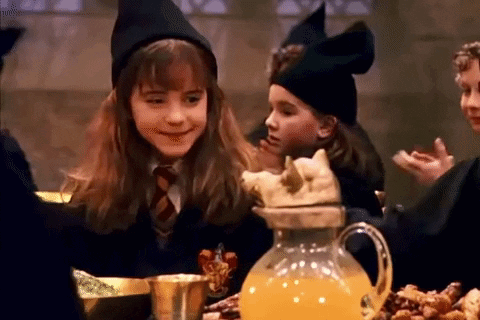
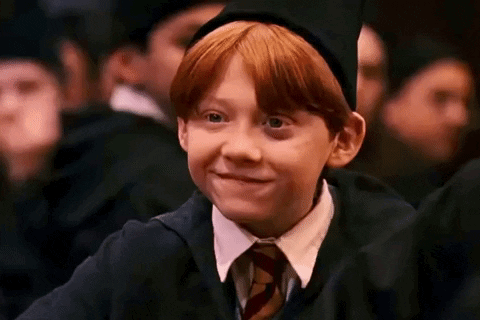
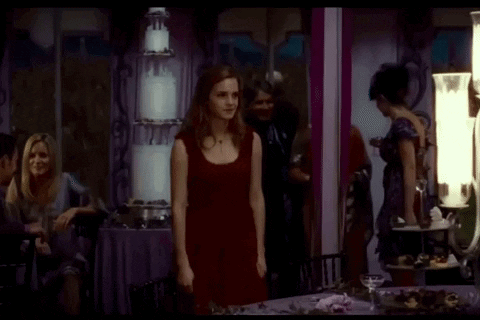
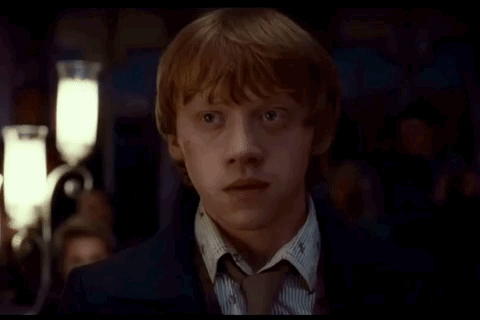
same energy
#harry potter#harry potter gifs#ron and hermione#romione#romione gifs#ron weasley#hermione granger#rupert grint#emma watson#rupert and emma#harry potter and the deathly hollows#harry potter and the sorcerer stone#literally married with kids#them forever#don’t understand how people don’t like them#like how?!?#slowburn always
393 notes
·
View notes